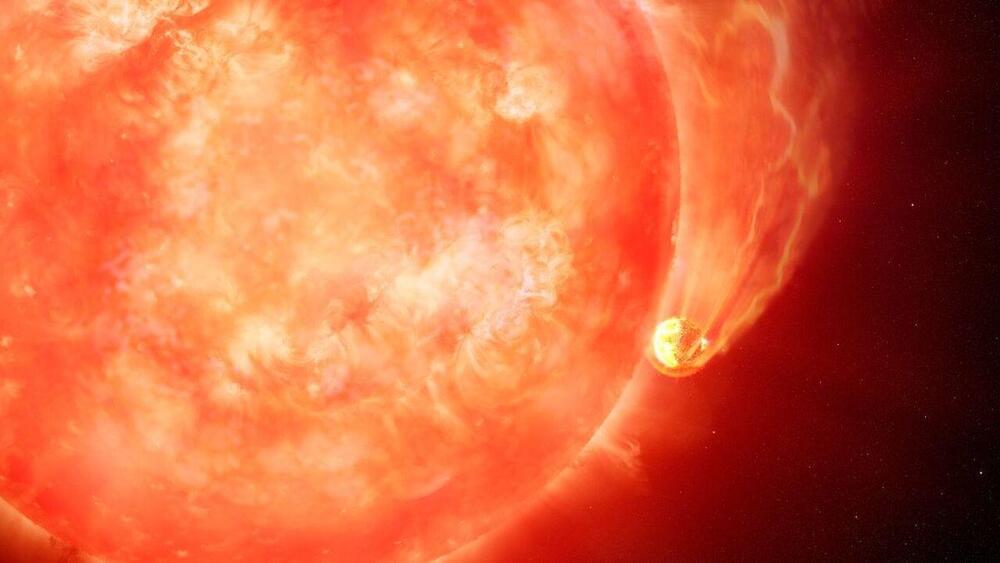The highest rung on the ladder is studied by analyzing the redshifts of distant galaxies. This technique can be used to measure distances across of billions of light-years, by contrast.
Redshift occurs because, as objects race away from us due to the expansion of the universe, the light they emit that takes billions of years to travel to us has its wavelength stretched by this expansion. That lengthening reddens the light and even causes it to move to infrared wavelengths sometimes. This is actually why the James Webb Space Telescope (JWST), which is highly sensitive to infrared light, is so adept and seeing galaxies in the early universe.
The cosmic distance ladder can help cosmologists measure the rate at which the universe is expanding, a value called the Hubble constant, named in honor of astronomer Edwin Hubble. This is because his observations of distant galaxies were key in overturning the idea that the universe exists in a steady state, neither growing nor shrinking.
